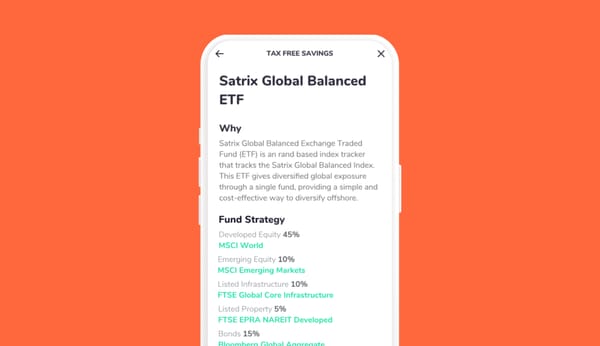There is no such thing as a woman’s investment strategy, just as there is no such thing as a man’s investment strategy. There is just an investment strategy, specific to you and your life.
That being said, some studies have highlighted that women may make better investors than men. Other studies have revealed that women may make better long-distance runners. Are these findings true and is there any common theme in them?
You can search these questions online and read exciting studies on both topics. From these you will find evidence to support that on average women may be faster than men when it comes to extremely long running events and are better able to pace themselves across many distances. It is also shown that the general speed gap between gender is narrowing over time. Similarly, there is evidence to support that on average women are able to attain higher investment returns.
A few reasons are provided for these outcomes but a common theme is consistently found: Women are often better at calculated decision-making and related risk-taking, likened in the running world to pacing.
Studies in the field of running discuss that women may make better decisions about pacing, avoiding a risky or competitive pace relative to their ability, which in turn enables them to see the event out strongly to the end. Equally thorough studies in the field of finance find that women ‘pace’ themselves in the financial space, by making carefully calculated decisions; diversifying more; spending less on trading (fees) and high-risk investments; and keeping focus on the long-term plan.
Whilst these questions around gender and performance may be attractive, the answers really shouldn’t matter, except to note that women generally have characteristics that can help them in becoming exceptional investors, if they are not already. This is important since we know that there are fewer women investors. There is no reason why this should not change.
The above discussion aside, there is a lot that endurance running and investing have in common. Let us consider the below as an analogy to investing:
If we wanted to tackle a specific distance of comfortable and sustainable running, we would create a training programme specific to our goals by drawing on the experience of trusted others, in person or through selective research.
We would work on optimising our inputs of stride length, form, and energy spend, so as to maximise our results in a sustainable way.
We would train consistently, sticking to the plan but remaining adaptable to circumstance.
We would know when to slow down and be a little more careful, rather than pushing too hard and picking up an injury that creates a much bigger set-back (we would also know that recovering from an injury gets more challenging as we get older).
We would mix in some cross training and stretching to spread the work over different muscle groups and condition ourselves carefully.
We would know that alongside training, we need to eat and hydrate - we would understand that these inputs cannot be neglected.
We may find that the support of fellow runners and supporters really helps, but we would also know that the responsibility of fulfilling our goals rests only with us.
Soon we would be amazed by the compounding effect of fitness - the idea that small and consistent steps can lead to phenomenal ‘strides’ forward.
All of the principles described above apply similarly to investing. Approach investing like an exciting life-long endurance event, carefully paced with time to enjoy the scenery thanks to your compounding fitness - and you will thrive!
Back to the original point of investment strategies, I will leave you with the below few things that have helped me (alongside treating investing like an endurance event):
- Start with what you have and start as early as possible (this is a super refresher on compounding). I kickstarted my first two investments when I received my first permanent salary at 21. Both were monthly debits, one toward a retirement annuity, the other toward an indexed fund.
- Aim to stand on your own. You can always build in support structures with trusted others or even a partnership with a spouse at some point, but you are responsible for your own investments and financial future.
- If it is worth your money, it is worth your understanding. If it is too complicated to understand, it probably is not a good investment, or you have not invested the time to understand it. Ask the questions that may seem simple to you. It is not unreasonable to expect clear explanations, and great service.
- Spend your money on assets. Assets can come in many forms and are anything that generates value. Our health and education/skills are some of our best assets. We need to have sufficient funds to care for these in the short and long term (with both potentially including close family members, especially children).
- Calculate your risks and diversify. I was reminded of this when I converted some money into pounds a few months before the Brexit vote, which I did not predict turning out as it did. Luckily the investment was a contained amount and I had already learned about diversification (here is a great refresher on diversification).
- Always calculate the trade-offs of putting money into different investments. For example, it may be best to settle debt rapidly if your interest rate charges are greater than your interest rate earnings. Always consider the tax and fee implications too.
- Finally, take a moment to imagine your future self thanking you for investing in yourself today!







![How & Why You Should Do a Financial Reset [+ downloadable financial reset journal]](/blog/content/images/size/w600/2024/12/Setting-goals-for-the-year.png)


